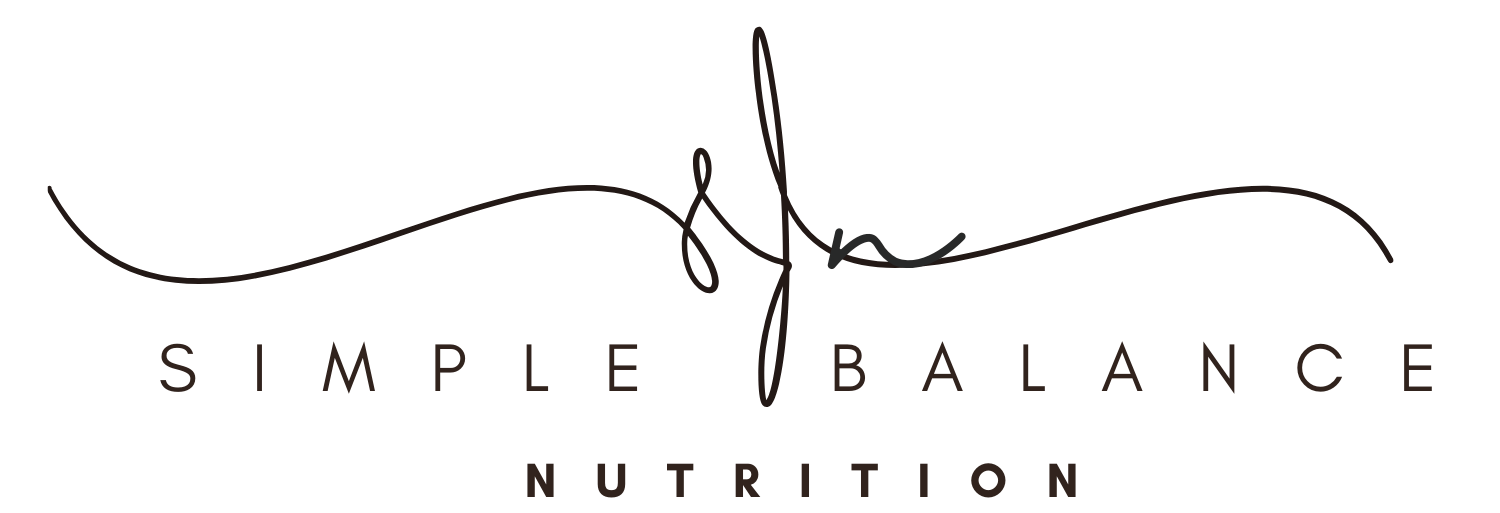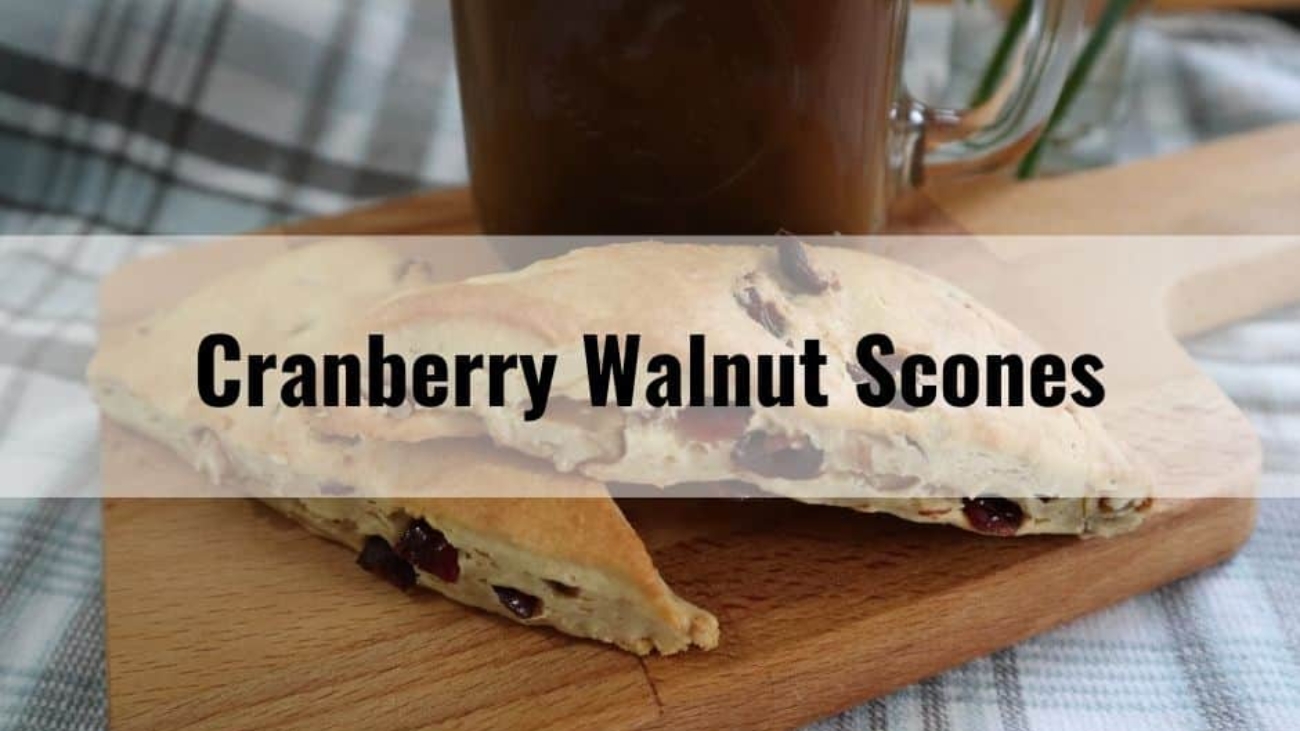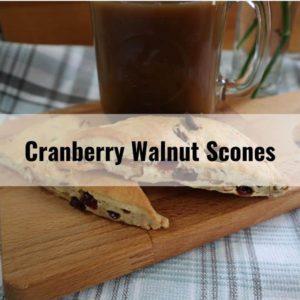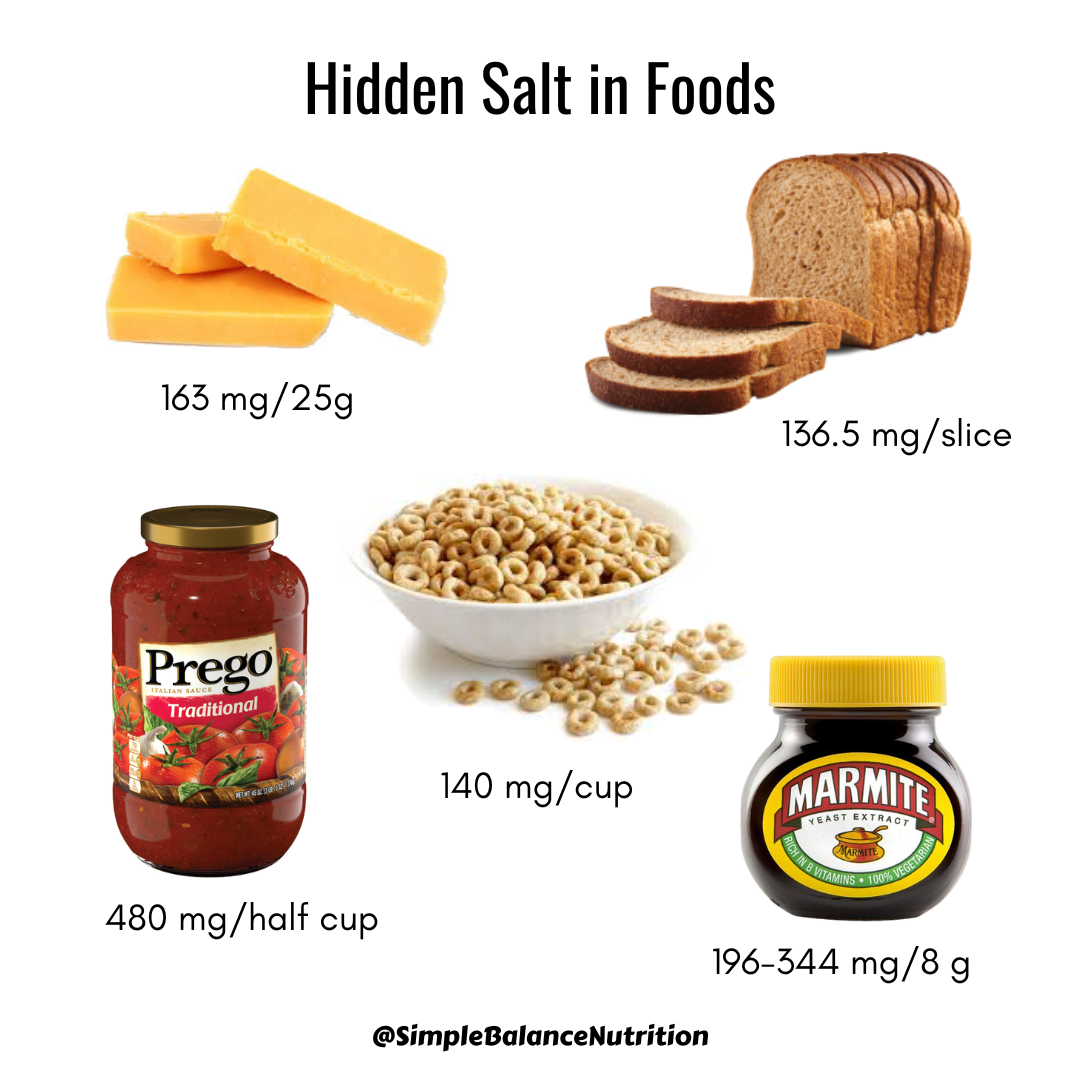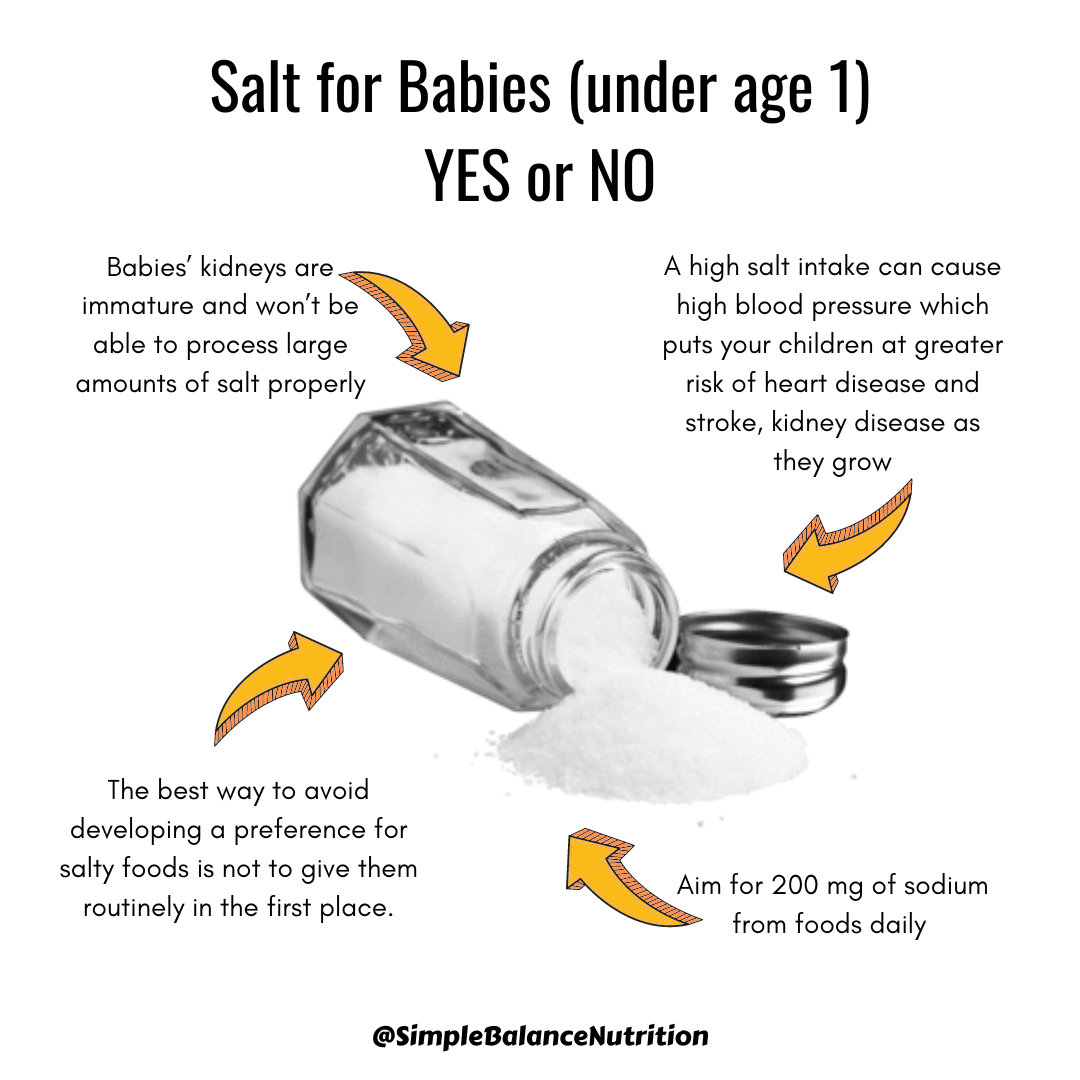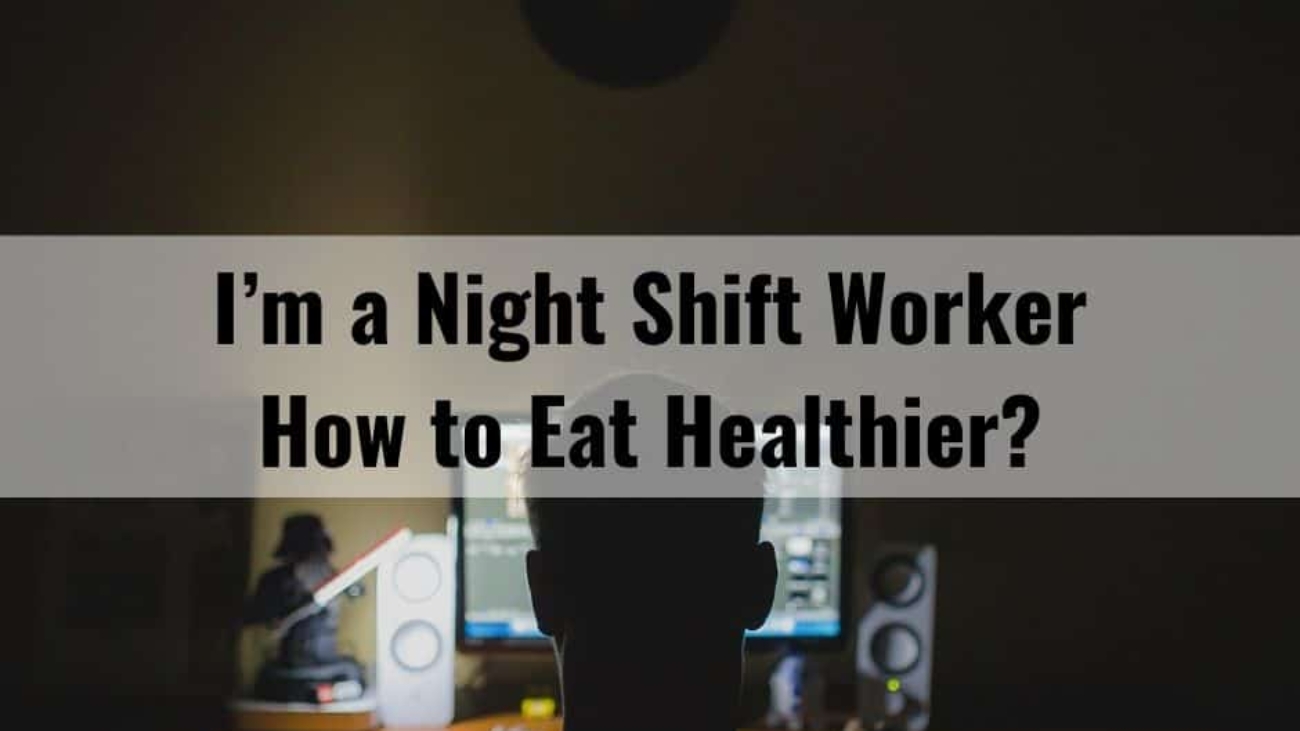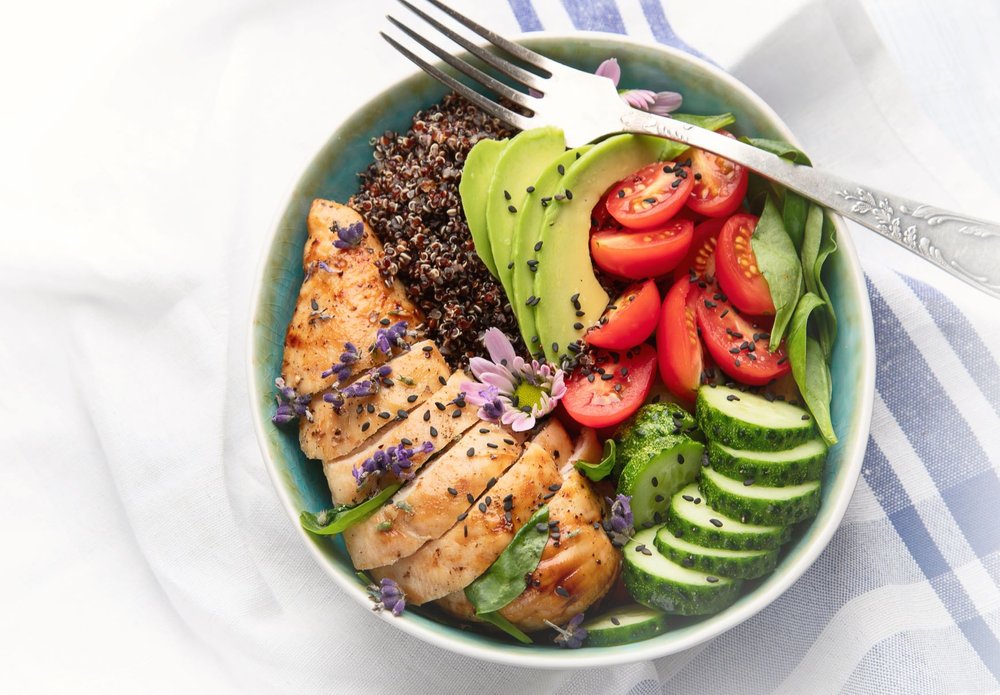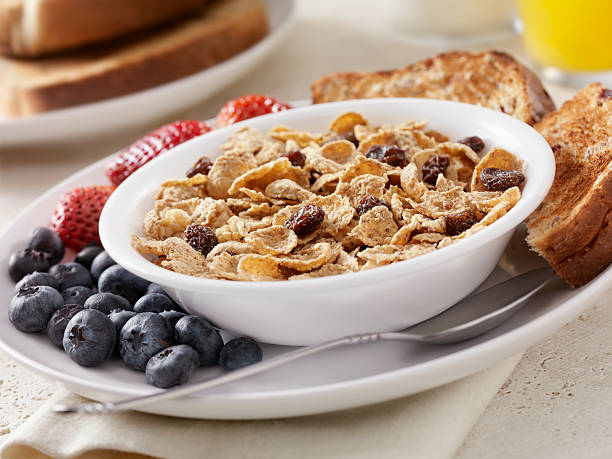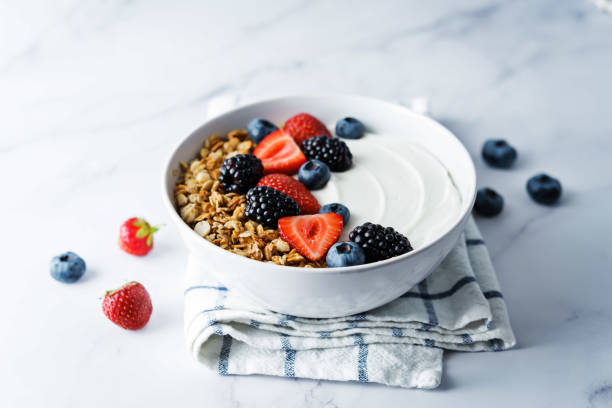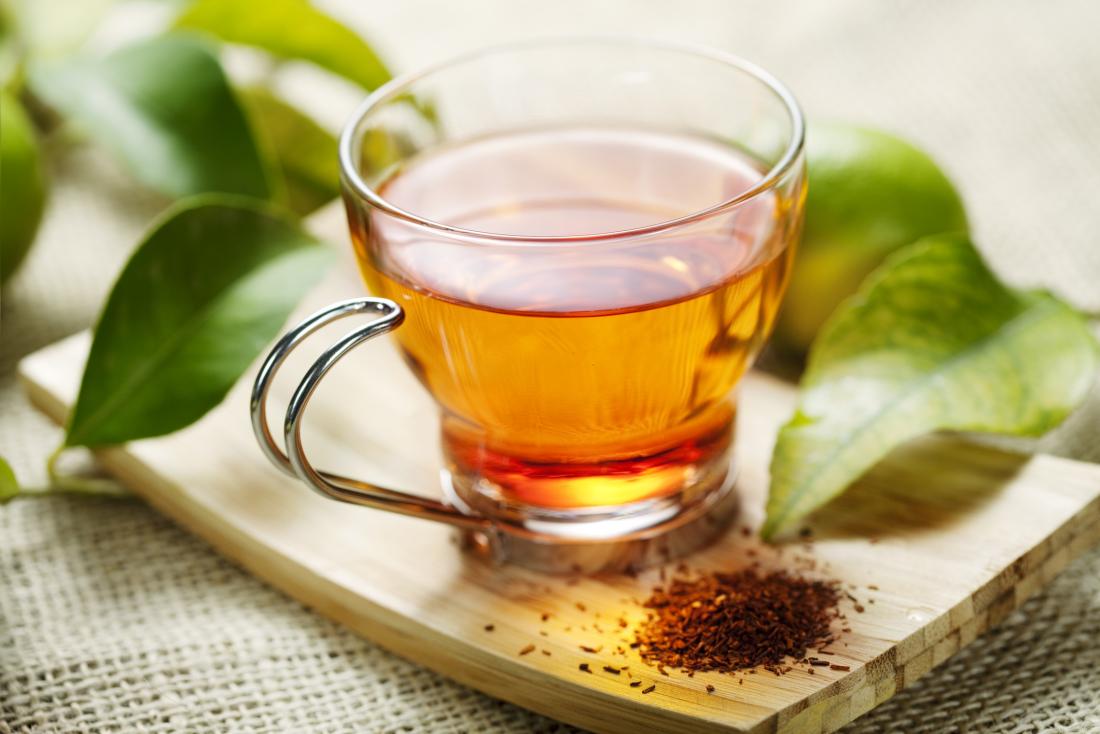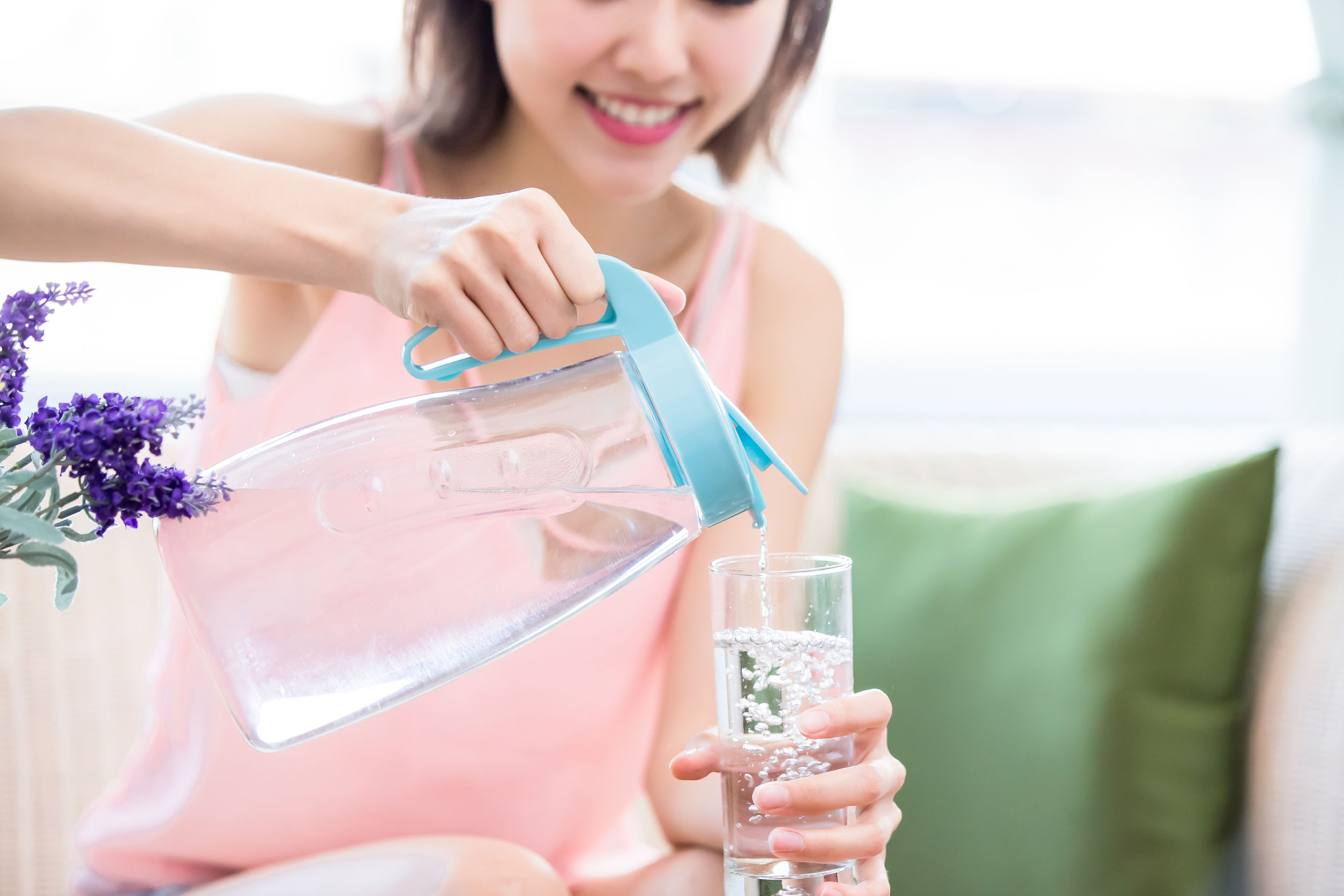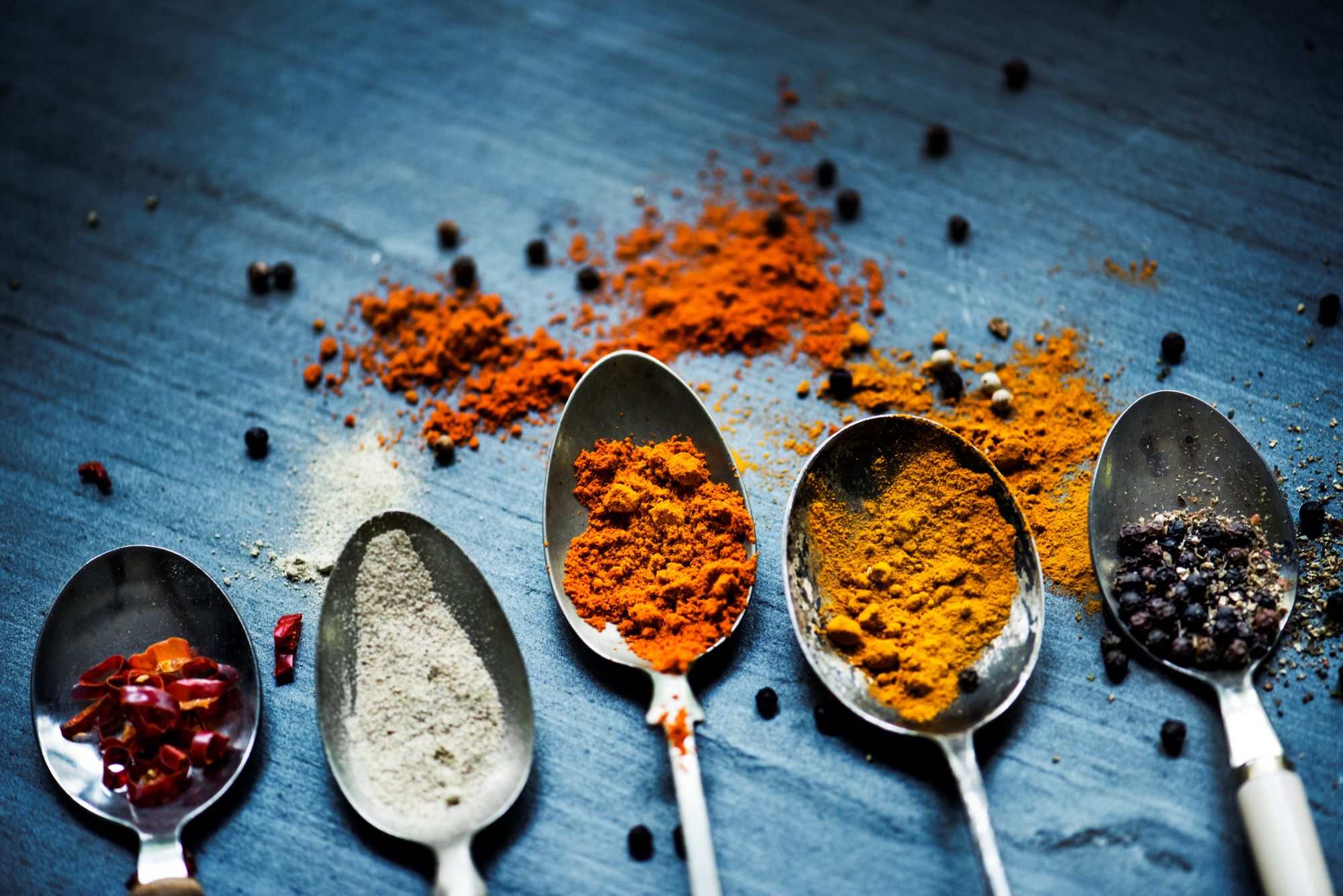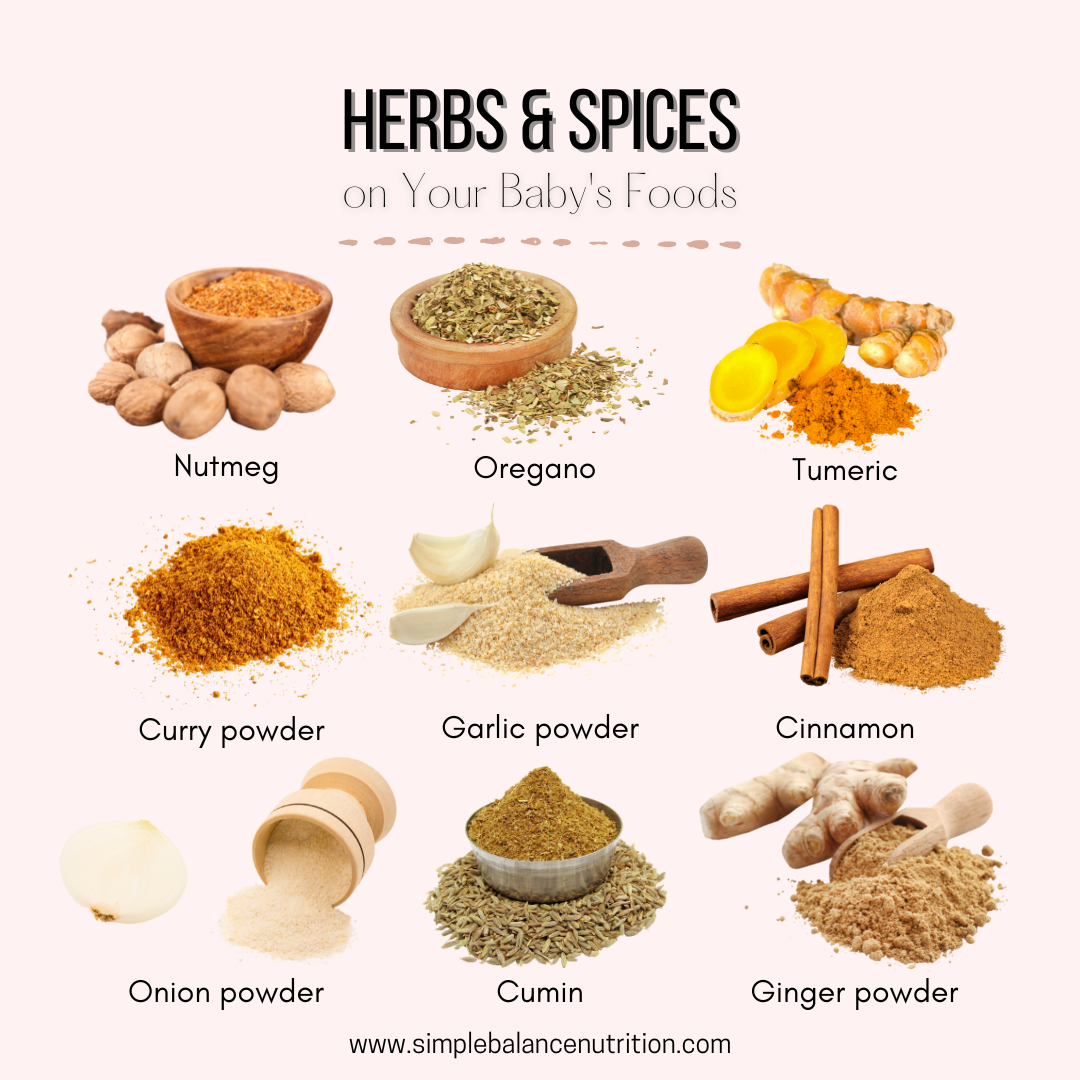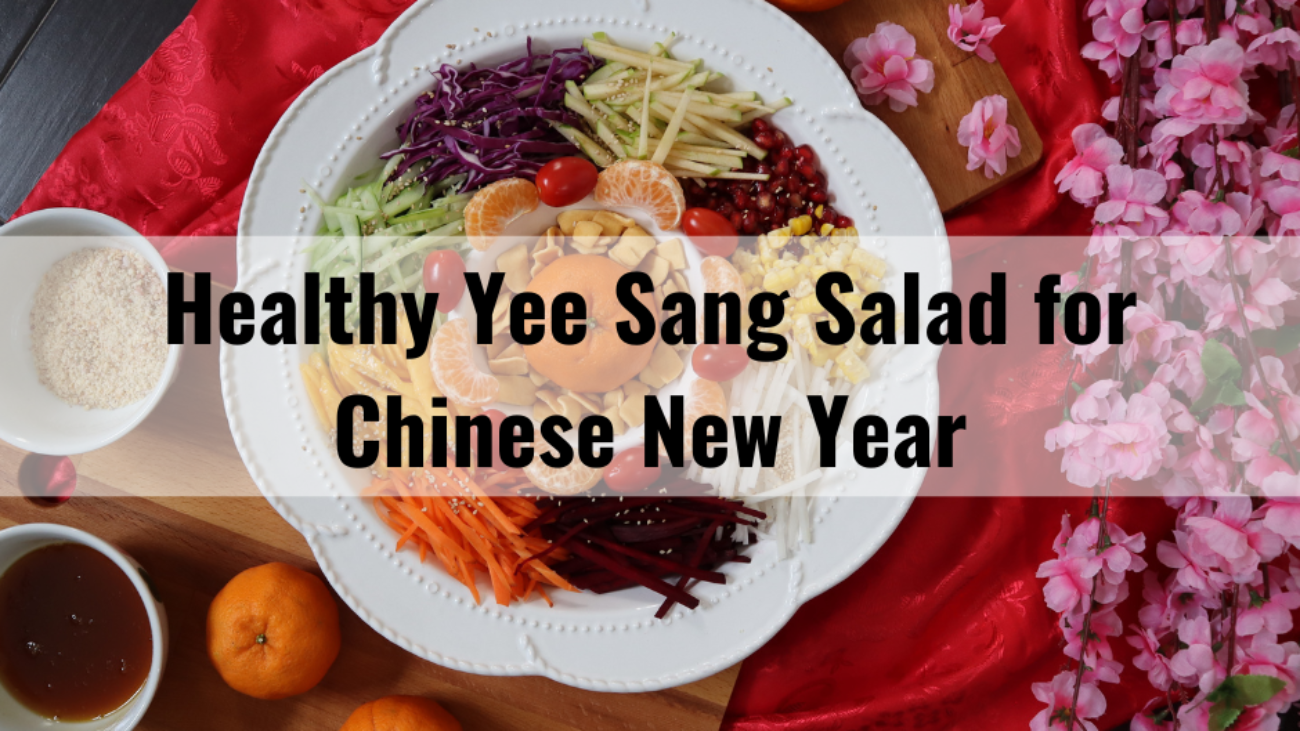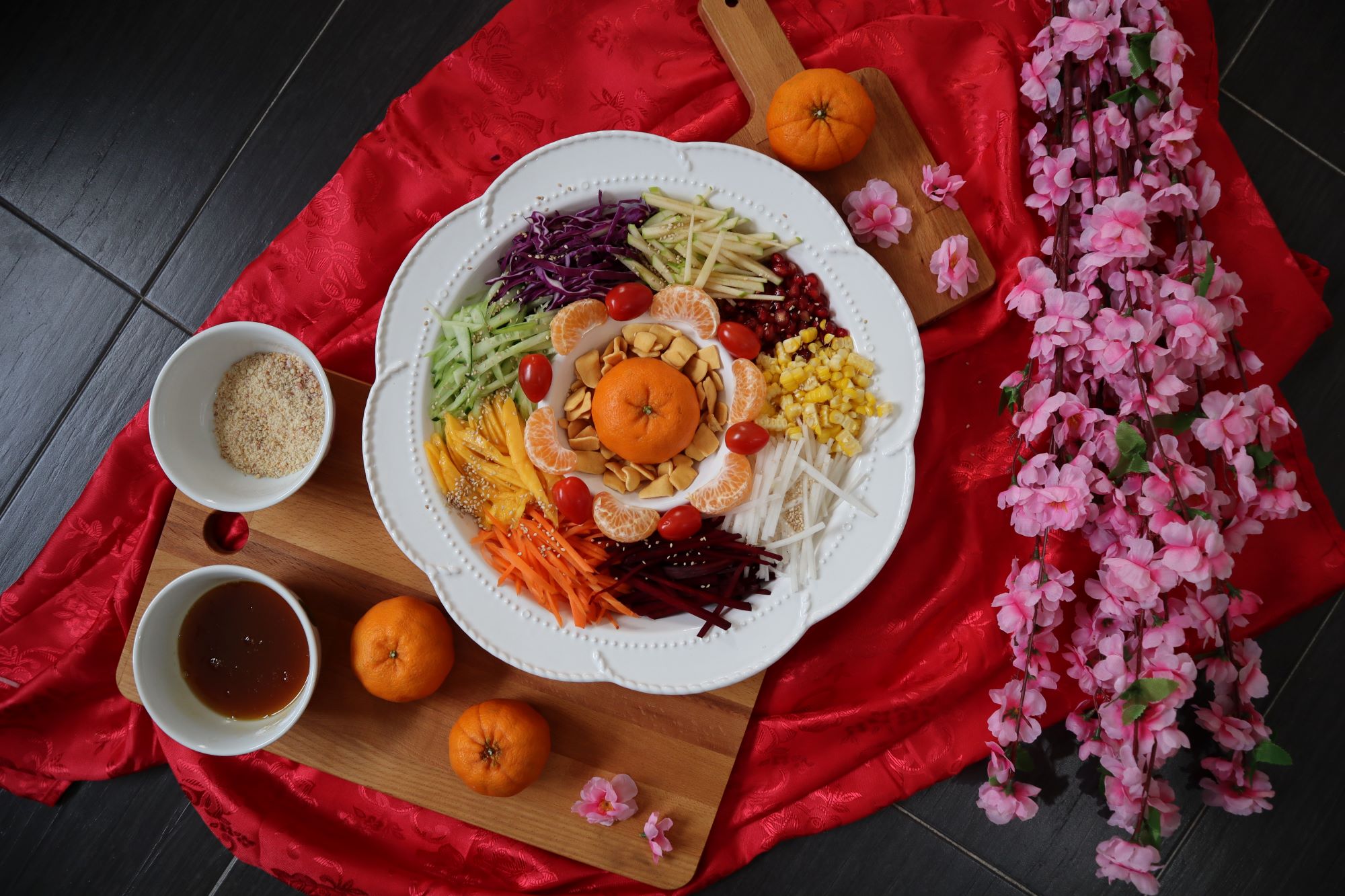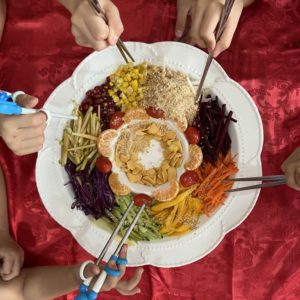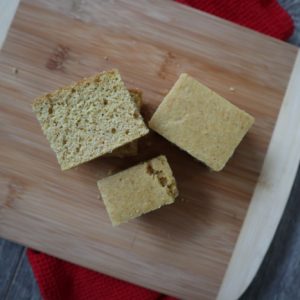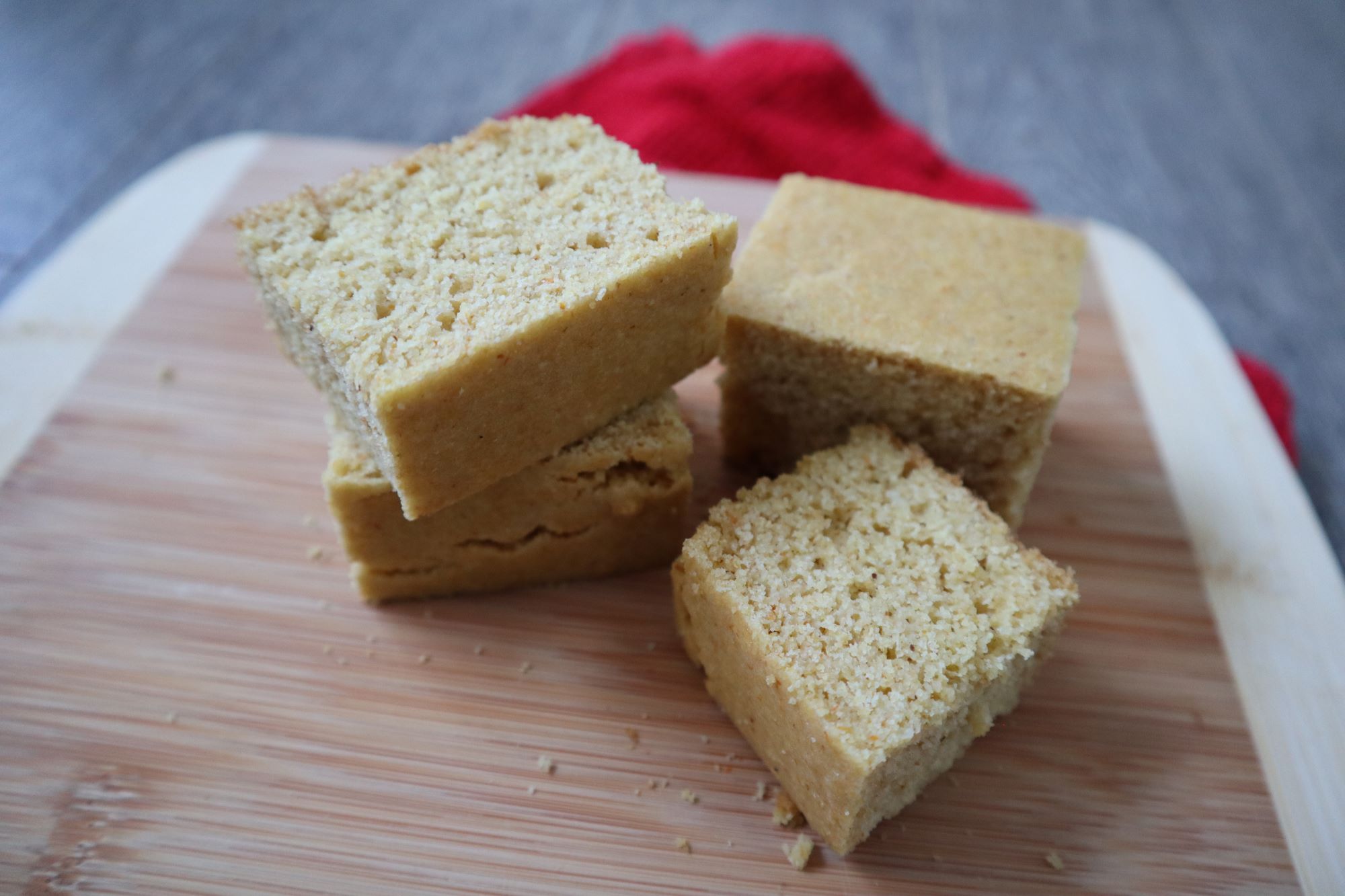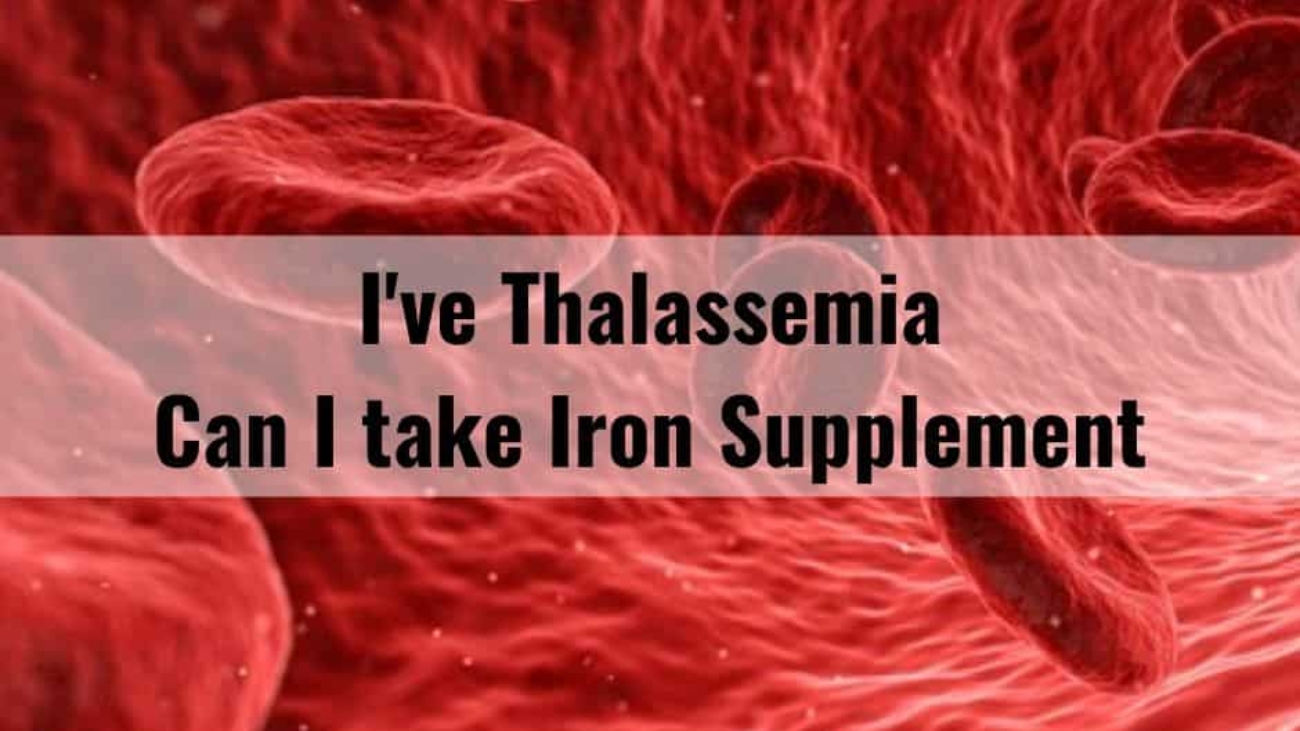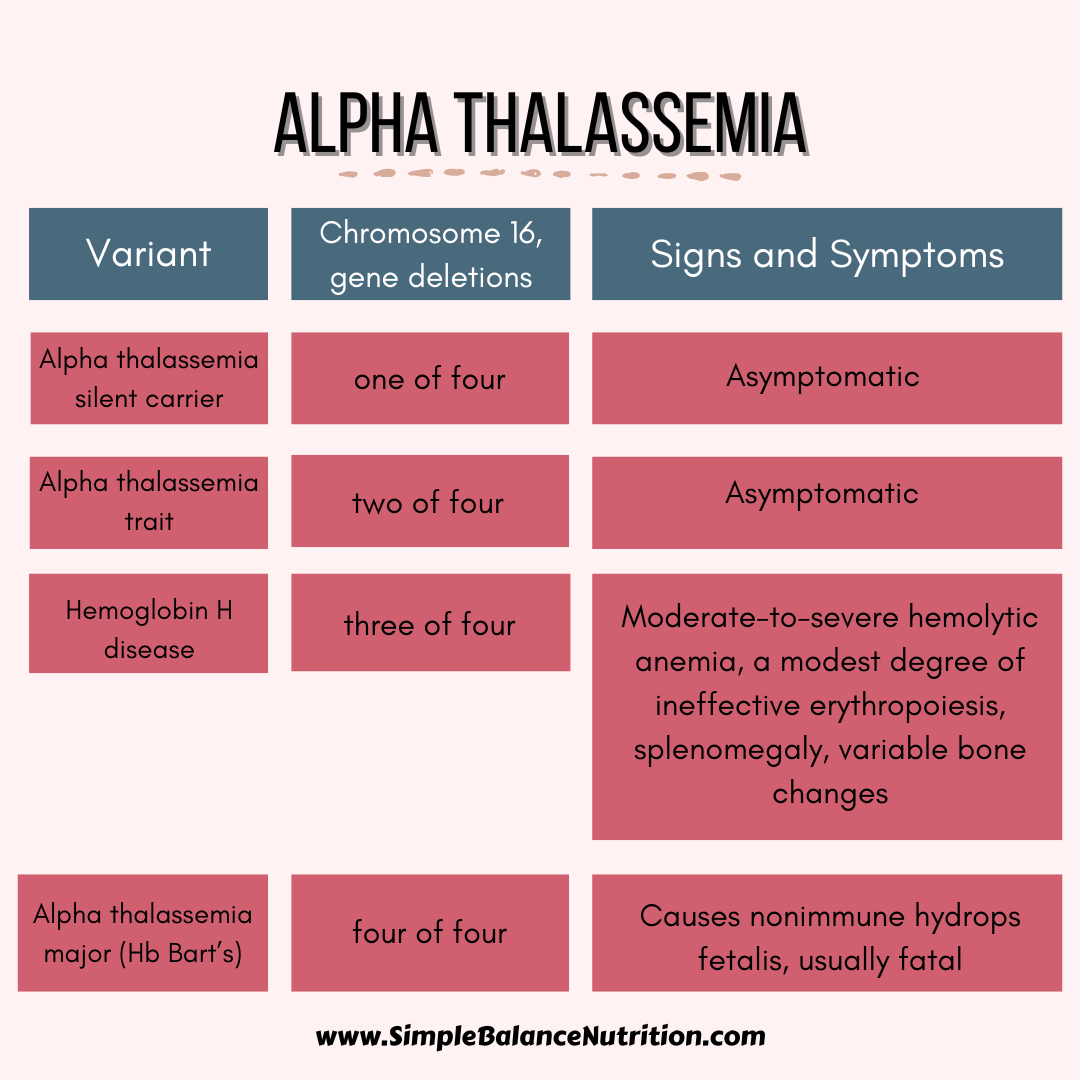This bread is packed with oatmeal and whole wheat flour. This is truly an easy bread to make, no hand-shaping, no kneading, no mixer. All it really takes is some wait time.
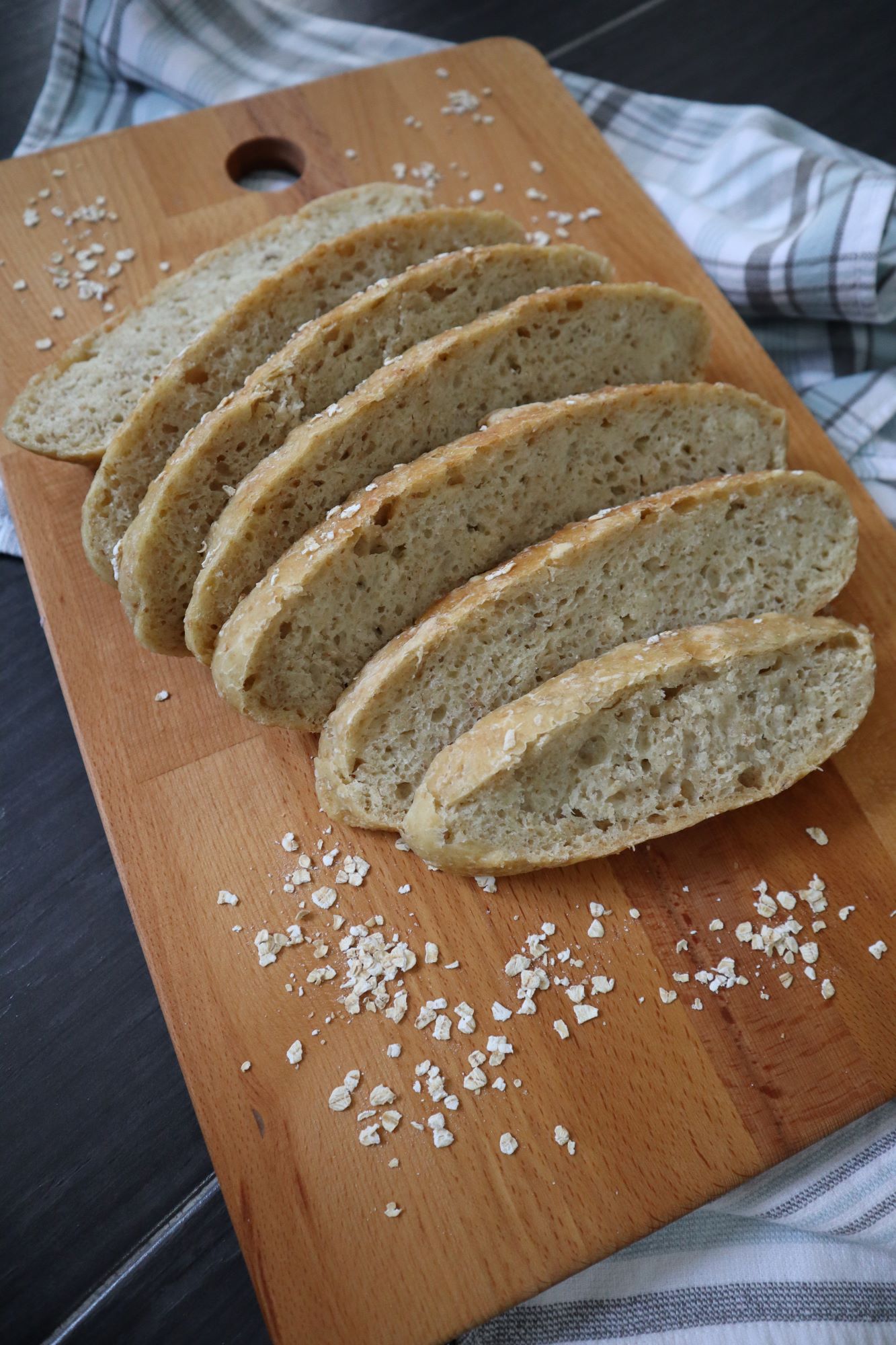
There are two rises required to make this loaf of bread, so plan accordingly. I usually make my dough in the afternoon and then bake my loaf next morning.
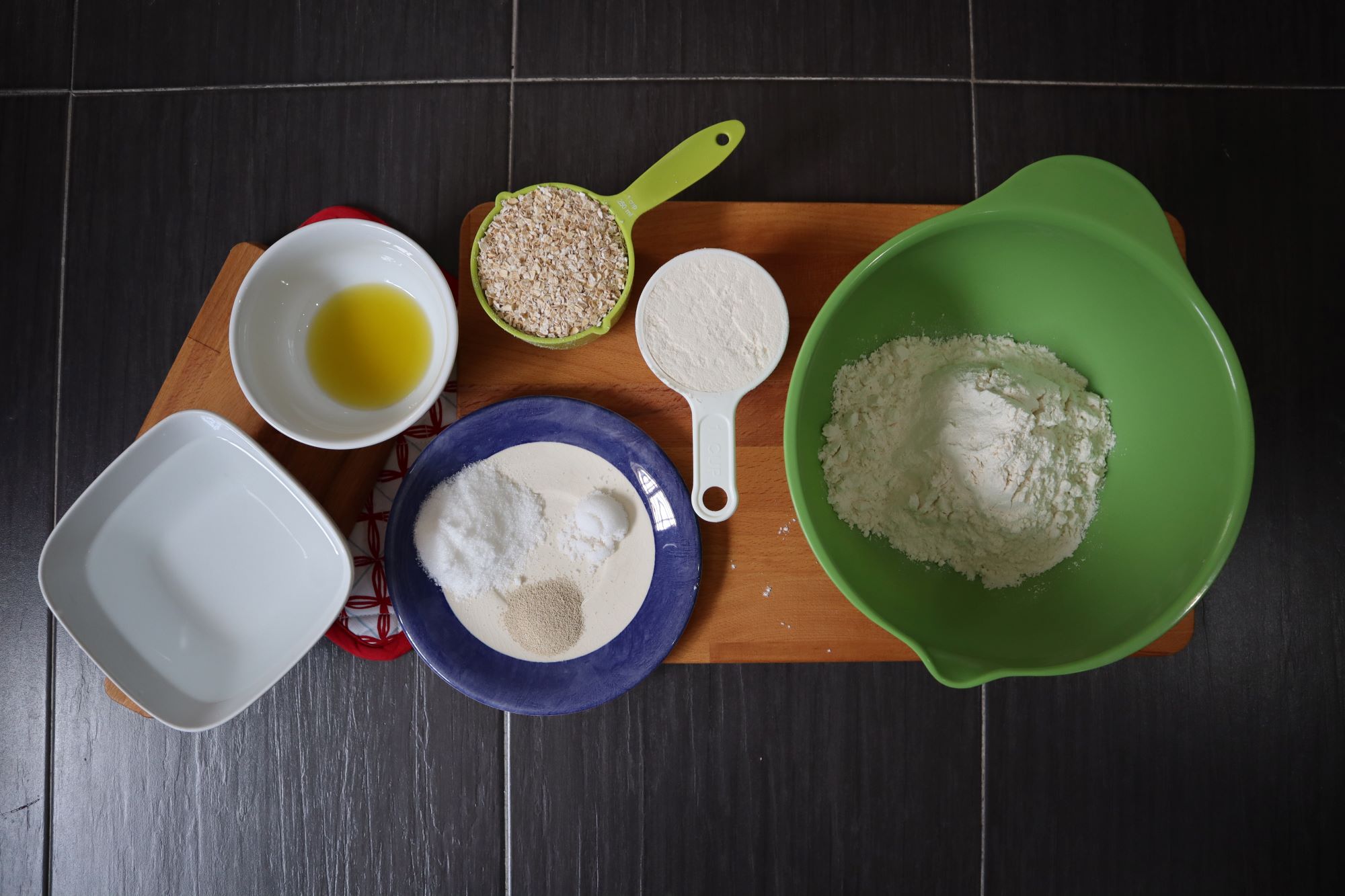
First, you will combine your dry ingredients together: whole wheat flour, white flour, oats, salt, sugar and yeast. The wet ingredients for this homemade hearty bread are oil and warm water. Mix the dry and wet ingredients together with a wooden spoon. While the oats will soak up a lot of the moisture, the dough will look slightly wet and you’ll be tempted to keep adding flour. Don’t do that!! Slightly “wet” looking dough is just fine. Cover the dough and allow it to rise for 2 hours during the day.
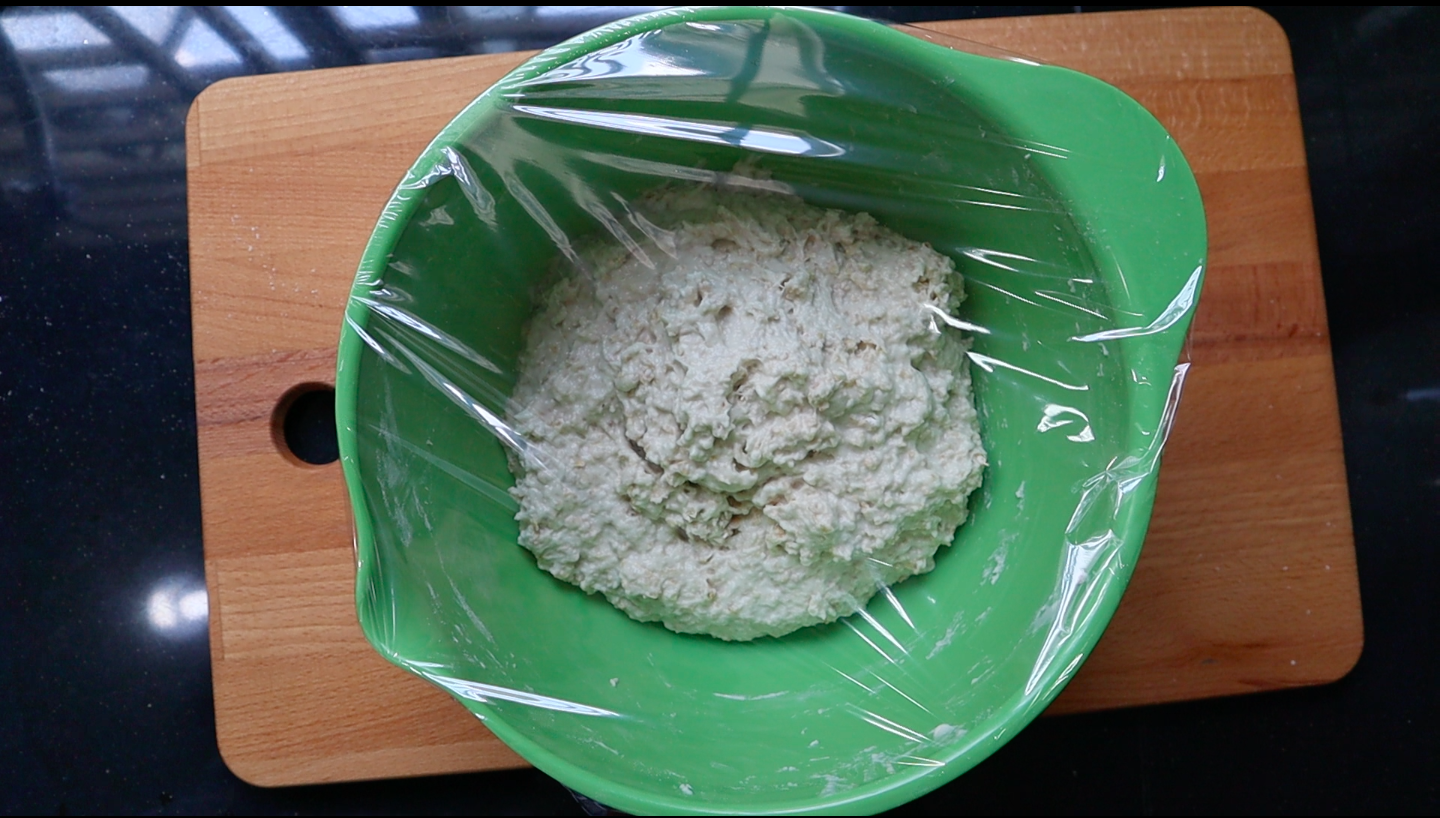
After 2 hours, the dough will have grown quite a lot.
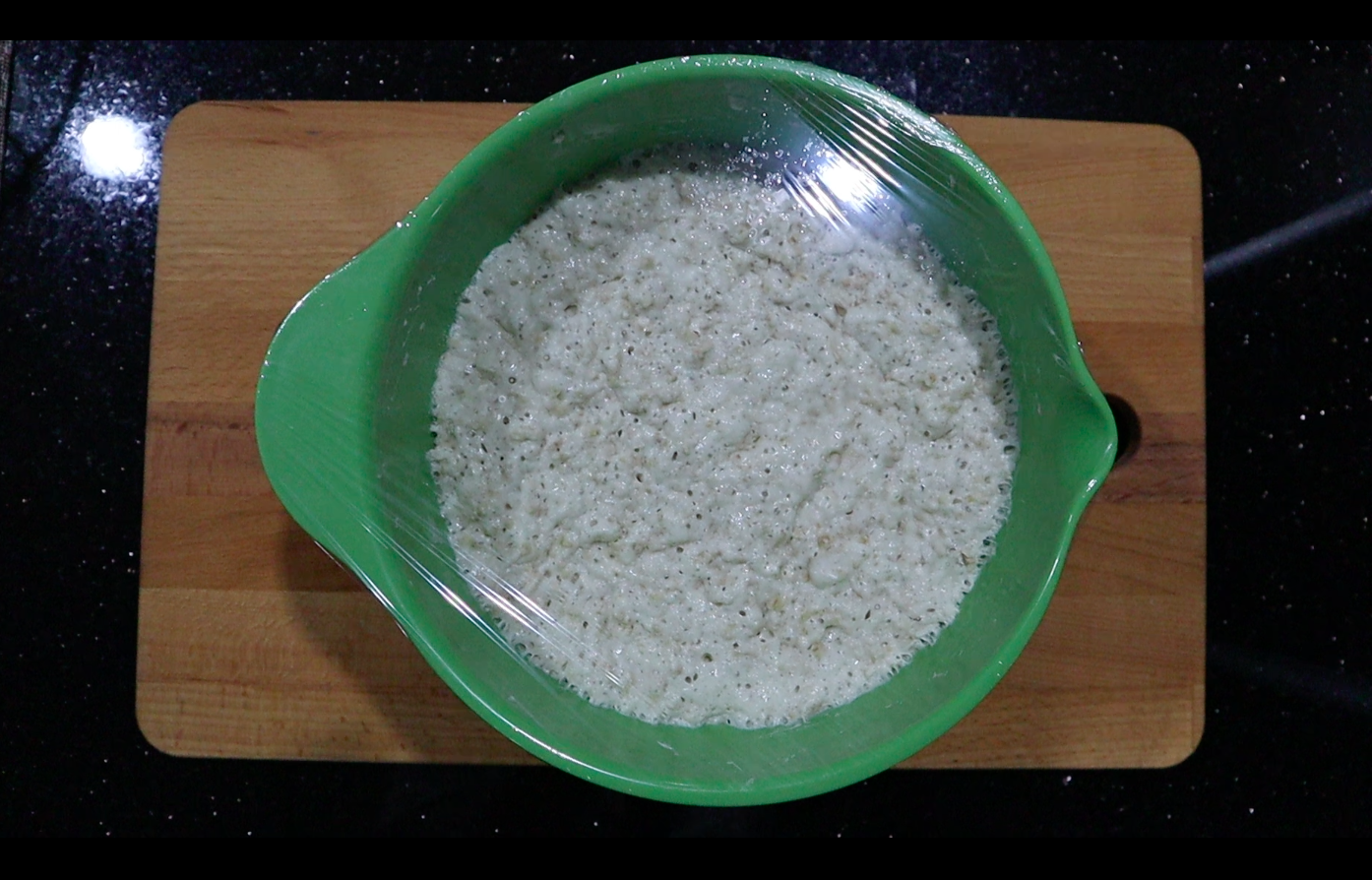
Stir the dough to roughly form a ball, cover, and refrigerate overnight.
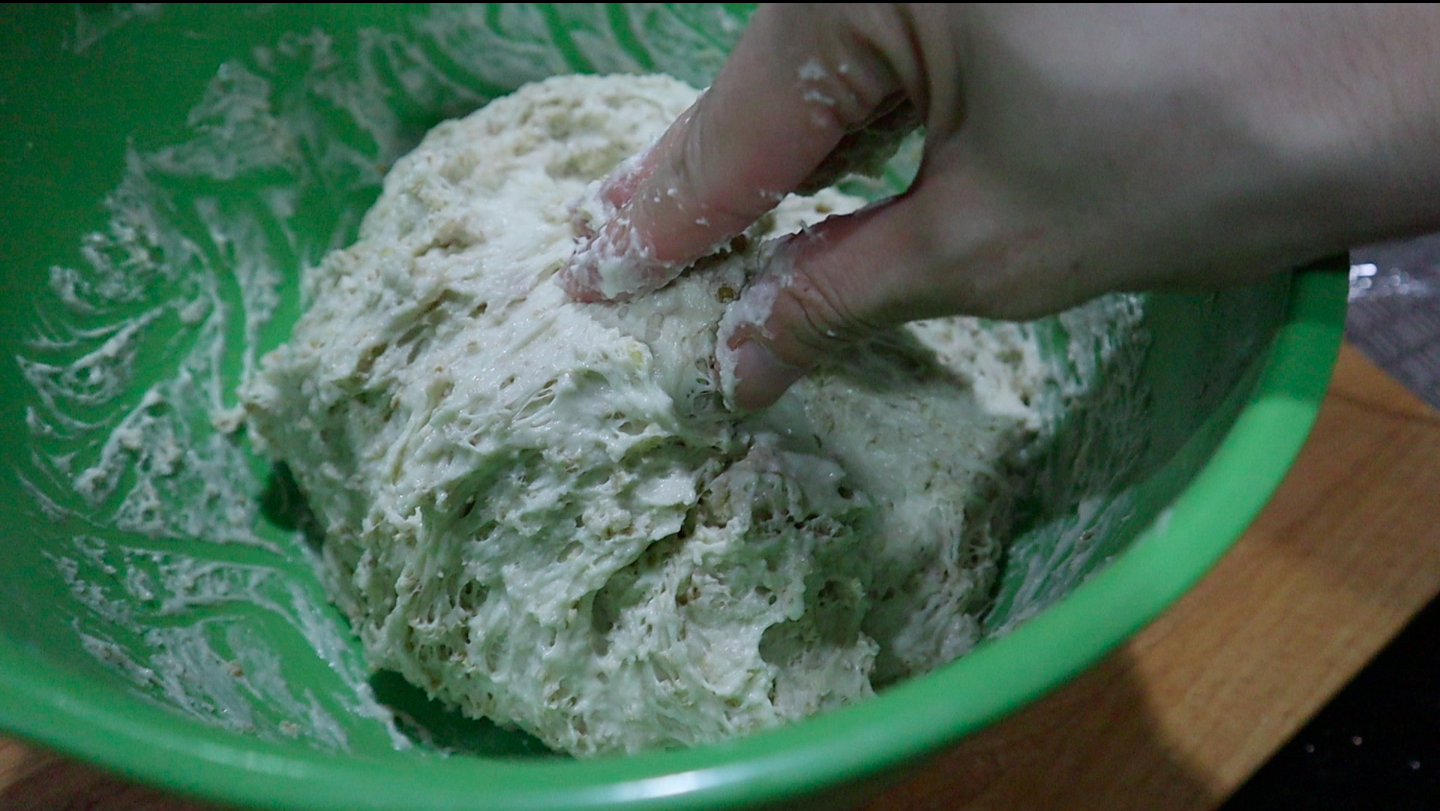
After a night in the fridge, the dough will still be wet.
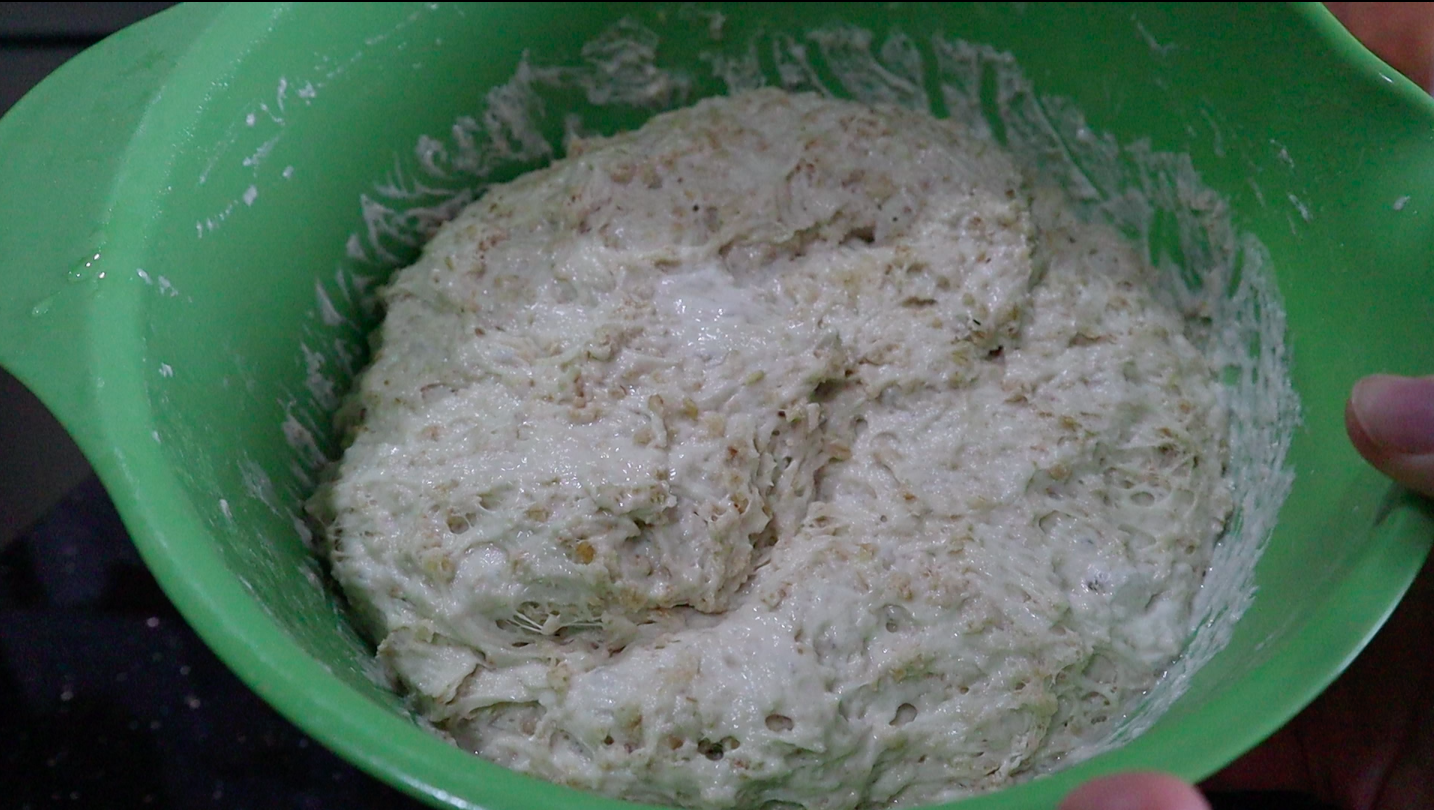
Now, the dough is ready for its second rise. If the dough is sticky and you can barely form it into a ball before baking, you can dump it onto a floured surface, pour more flour on top, and let the flour help you form it into a ball. Start folding the dough over itself so it is nicely coated with flour. Keep doing this until the dough holds its shape.
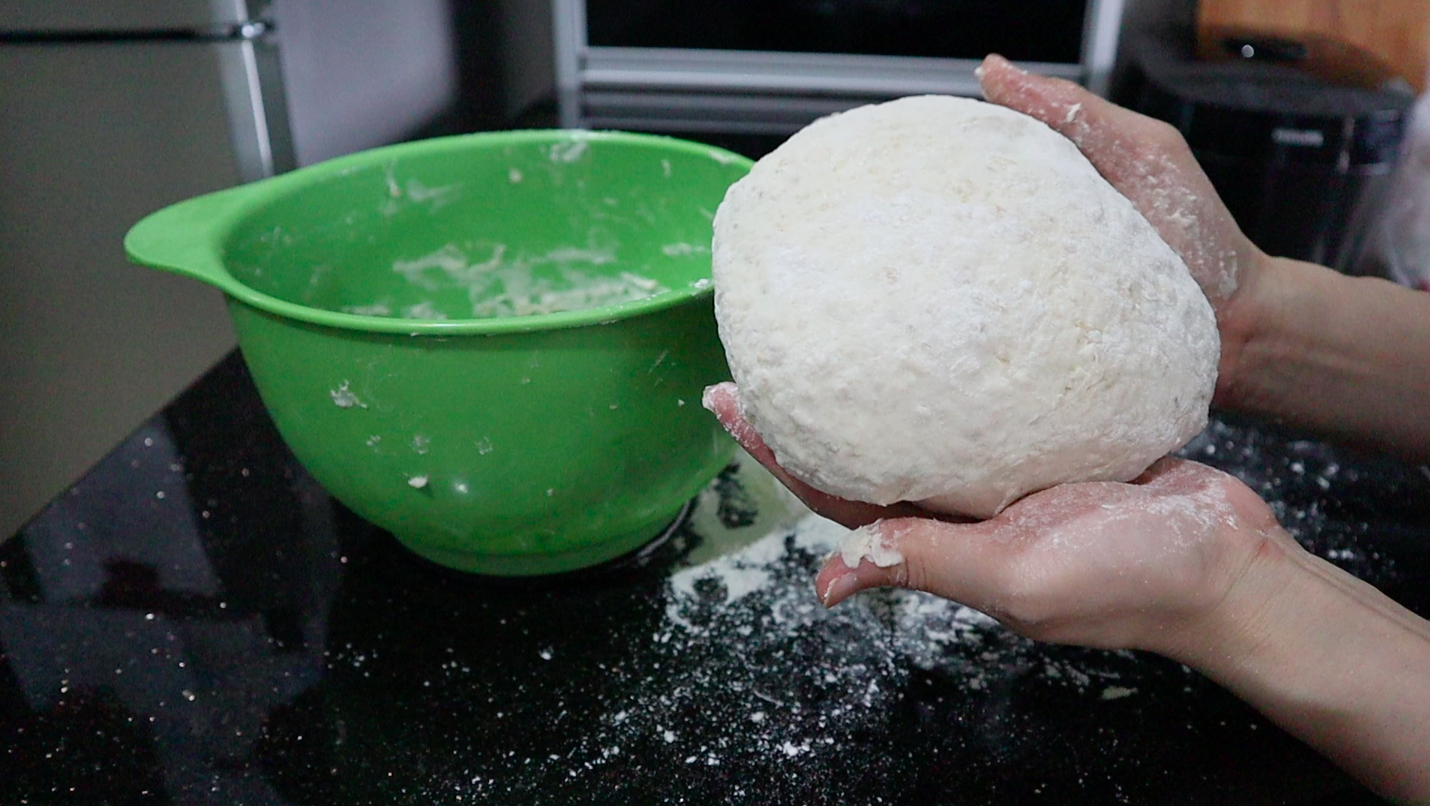
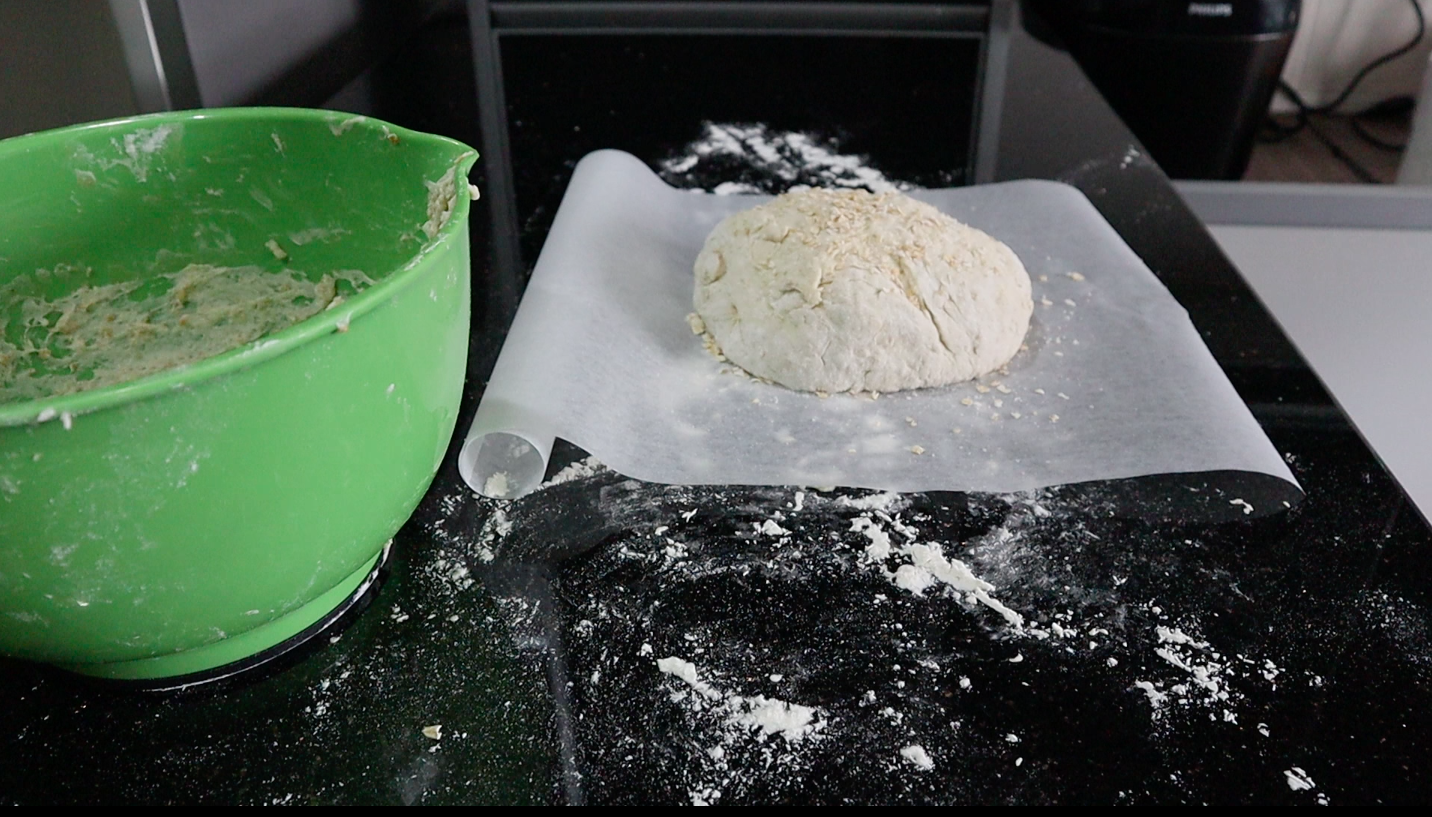
Sprinkle a small handful of oats in the center, then carefully place the ball of dough on top of the oats with the seam side down. By seam, I mean the crease that you’ll create as you fold the dough over itself. So the top of the dough should look nice and even.
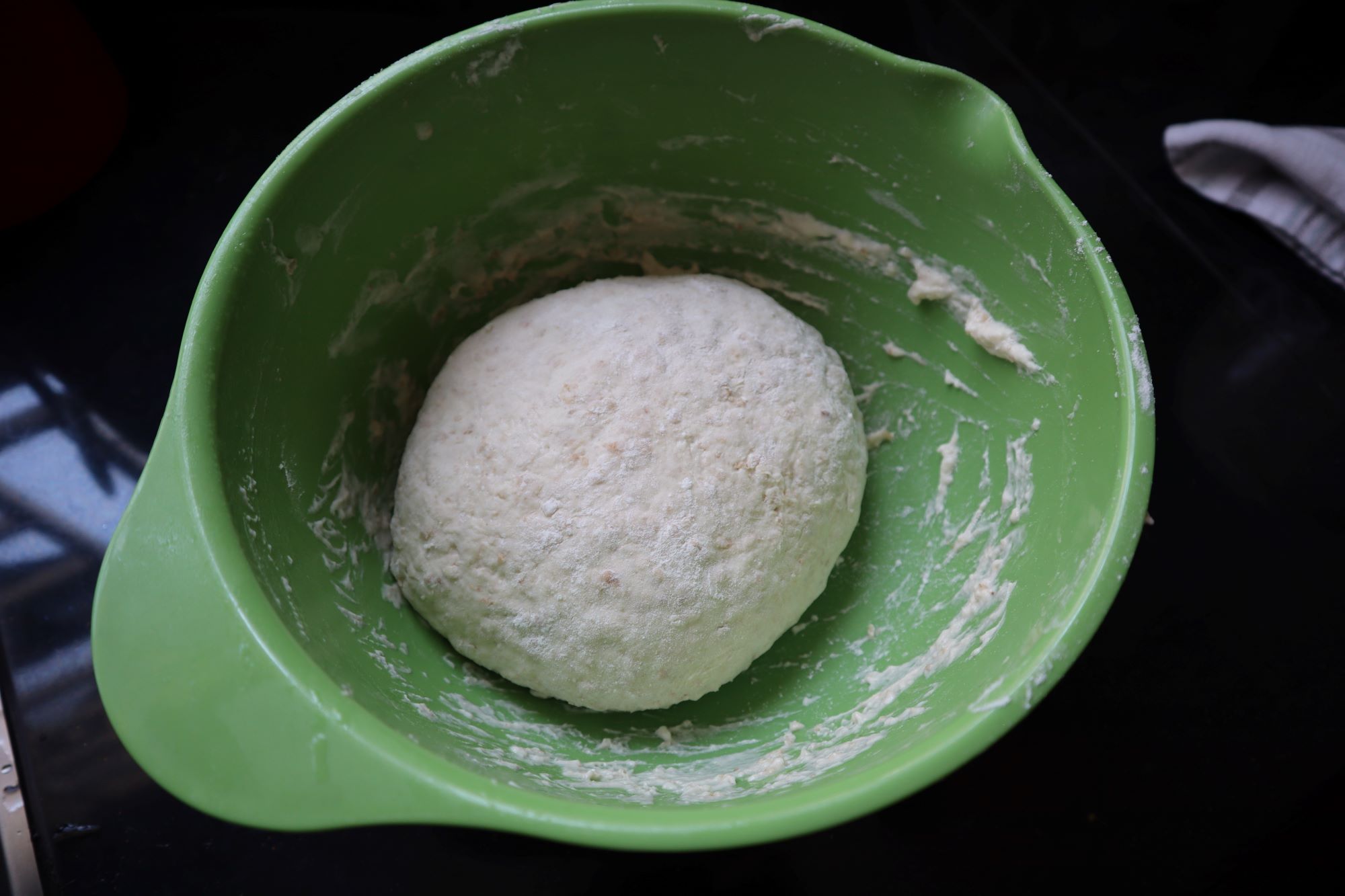
Add another few pinches of oats on top, and cover with plastic wrap and let rise in a warm place for 1-2 hours (or until about 50% larger than it’s original size).
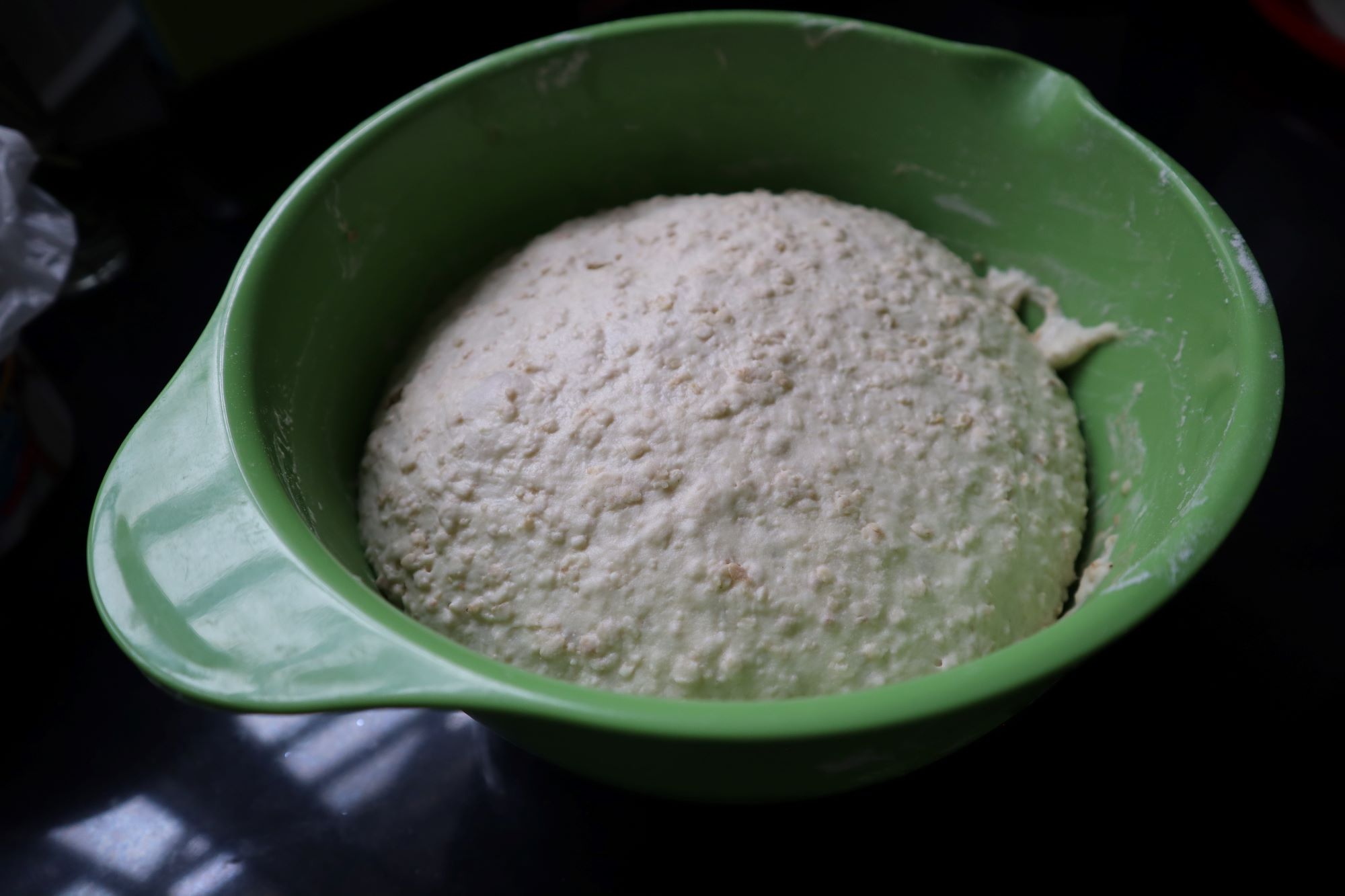
Meanwhile, preheat your oven to 400 degrees Fahrenheit. Also, as the oven preheats, stick your dutch-oven in the oven so it gets as hot as possible.
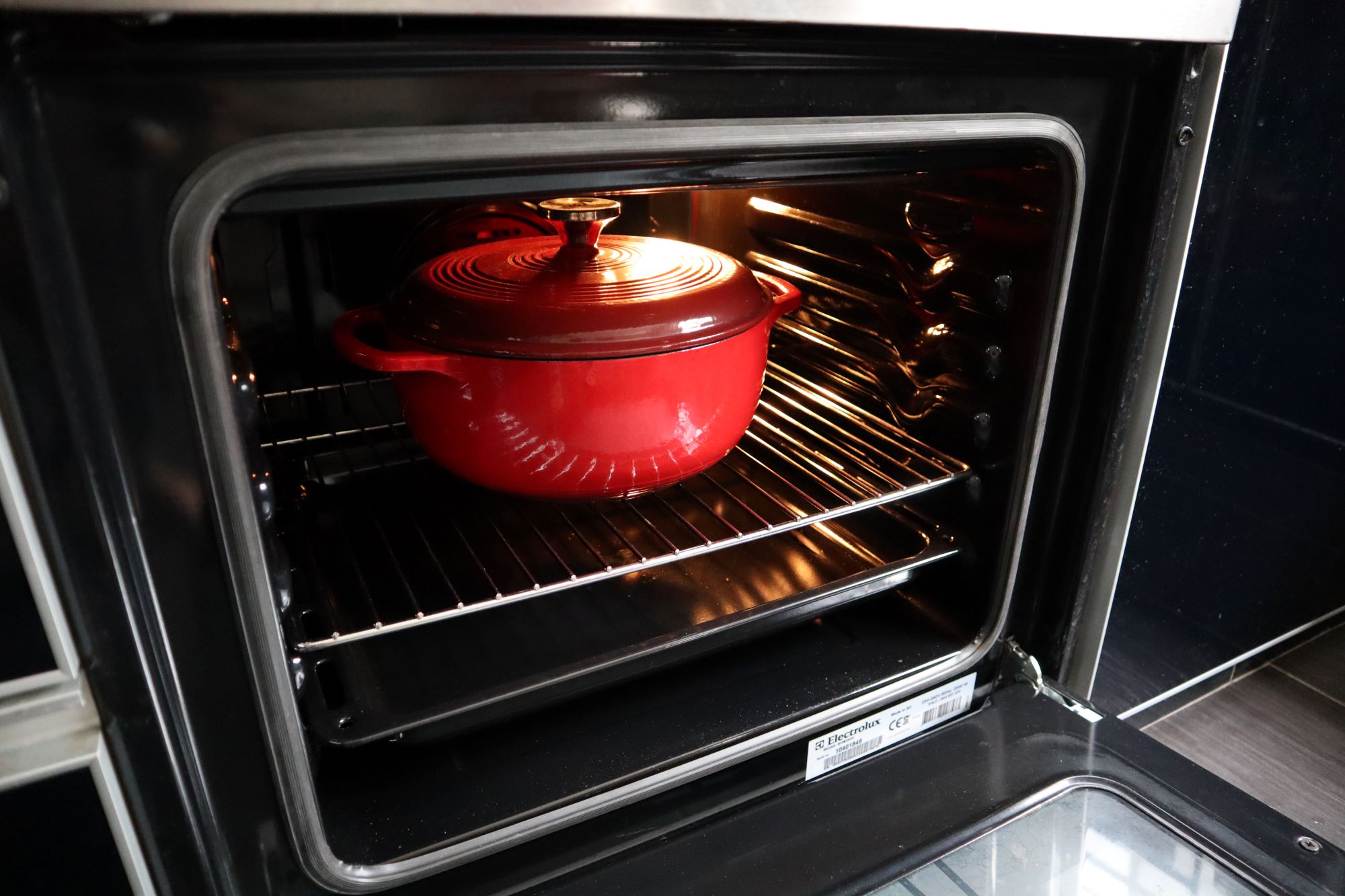
When the oven is ready, remove the dutch-oven and carefully roll your dough ball into the pot, now the seam on the dough is facing up. This allows steam to escape as it bakes. Cover the pot with lid and bake it for 30 minutes.
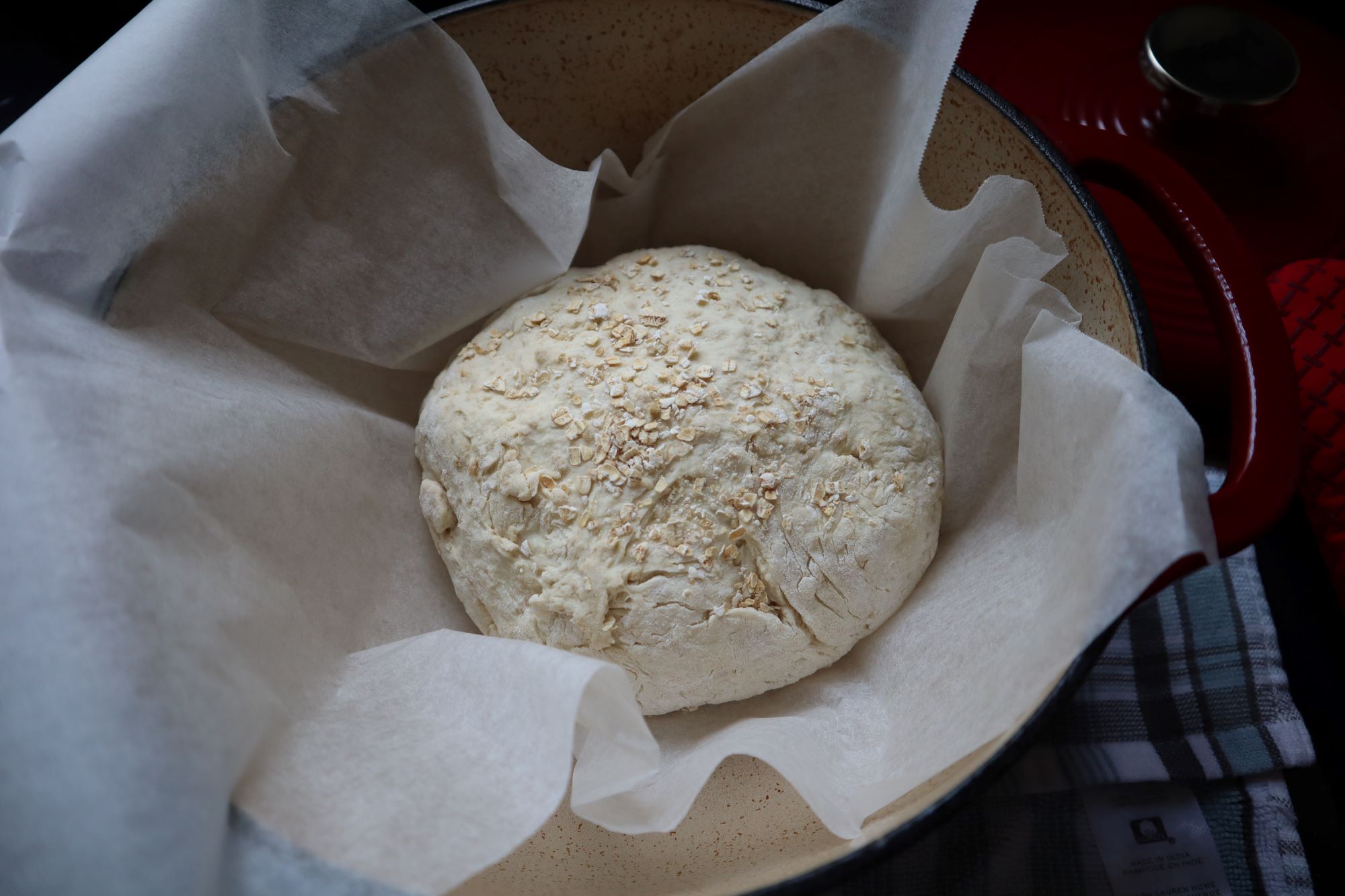
After 30 minutes, carefully remove the lid and bake for another 15 minutes, which will brown the bread nicely.
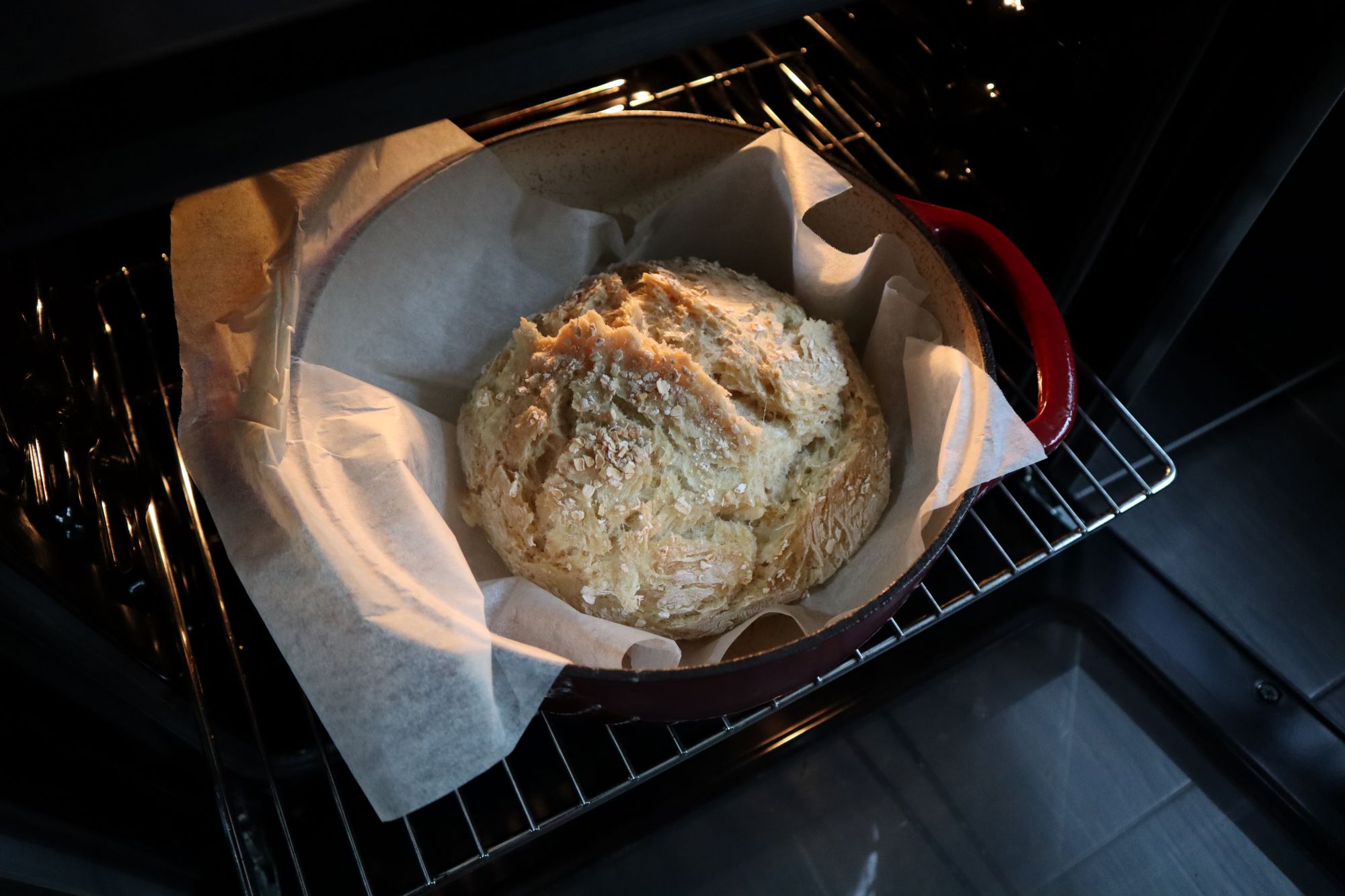
Then carefully remove the loaf from the pan and let it cool for about 30 minutes before slicing it.

I am using dutch oven. What if you don’t have a dutch oven.
This recipe can also be baked in a cast-iron skillet, a random oval, round, or rectangular oven-proof dish that’s somewhere around 9-inches long, or even on a cookie sheet.
Enjoy !
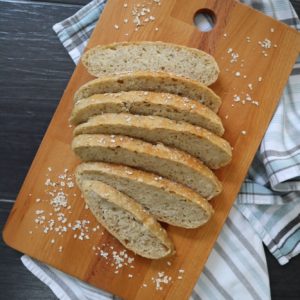
No Knead Oat Bread (Dutch Oven)
Ingredients
- 1 1/2 cup Warm tap water
- 2 tbsp Sugar or maple syrup or honey
- 1 tbsp Olive oil
- 1 tbsp Instant dry yeast
- 1 cup All-purpose flour
- 1 1/2 cup Whole wheat flour
- 1 cup Oats
- 1/2 tbsp Salt
Instructions
- Put all ingredients into a large bowl. Stir with a wooden spoon until combined. The dough will be sticky, but that’s fine. As long as all the flour has been absorbed, you’re good.
- Cover the bowl with plastic wrap or a clean kitchen towel and let sit at room temperature for at least 2 hours. It will become bubbly and rise quite a bit, so be sure your bowl is large enough.
- Once risen, stir the dough to roughly form a ball, cover, and refrigerate overnight (at least 8 hours).
- When ready to bake, remove the dough from the fridge and use your hands to form it into a ball (I find this is easiest when I wet my hands first).
- Cut a 10-inch or larger square of parchment paper and sprinkle a small handful of oats in the center, then place the ball of dough on top of the oats. Add another few pinches of oats on top, and cover with plastic wrap and let rise in a warm place for 1-2 hours (or until about 50% larger than it’s original size).
- When dough is nearly done rising, turn your oven on to 400 degrees Fahrenheit. If you have a large dutch oven or cast iron skillet, put it into the oven to get hot while the oven preheats. If you don’t have either of those, you can use a large oval or round oven-safe dish, or even a cookie sheet, which doesn’t need to be preheated.
- When dough is nearly done rising, turn your oven on to 400 degrees Fahrenheit. If you have a large dutch oven or cast iron skillet, put it into the oven to get hot while the oven preheats. If you don’t have either of those, you can use a large oval or round oven-safe dish, or even a cookie sheet, which doesn’t need to be preheated.
- Remove bread from the oven and wait as long as you possibly can before cutting into it (ideally until its just barely warm, or even until it’s fully cold.
- Store leftover bread in an airtight container at room temperature for 3-4 days, or slice and store in the freezer for several months.
Recipe adapted from Baked Greens.
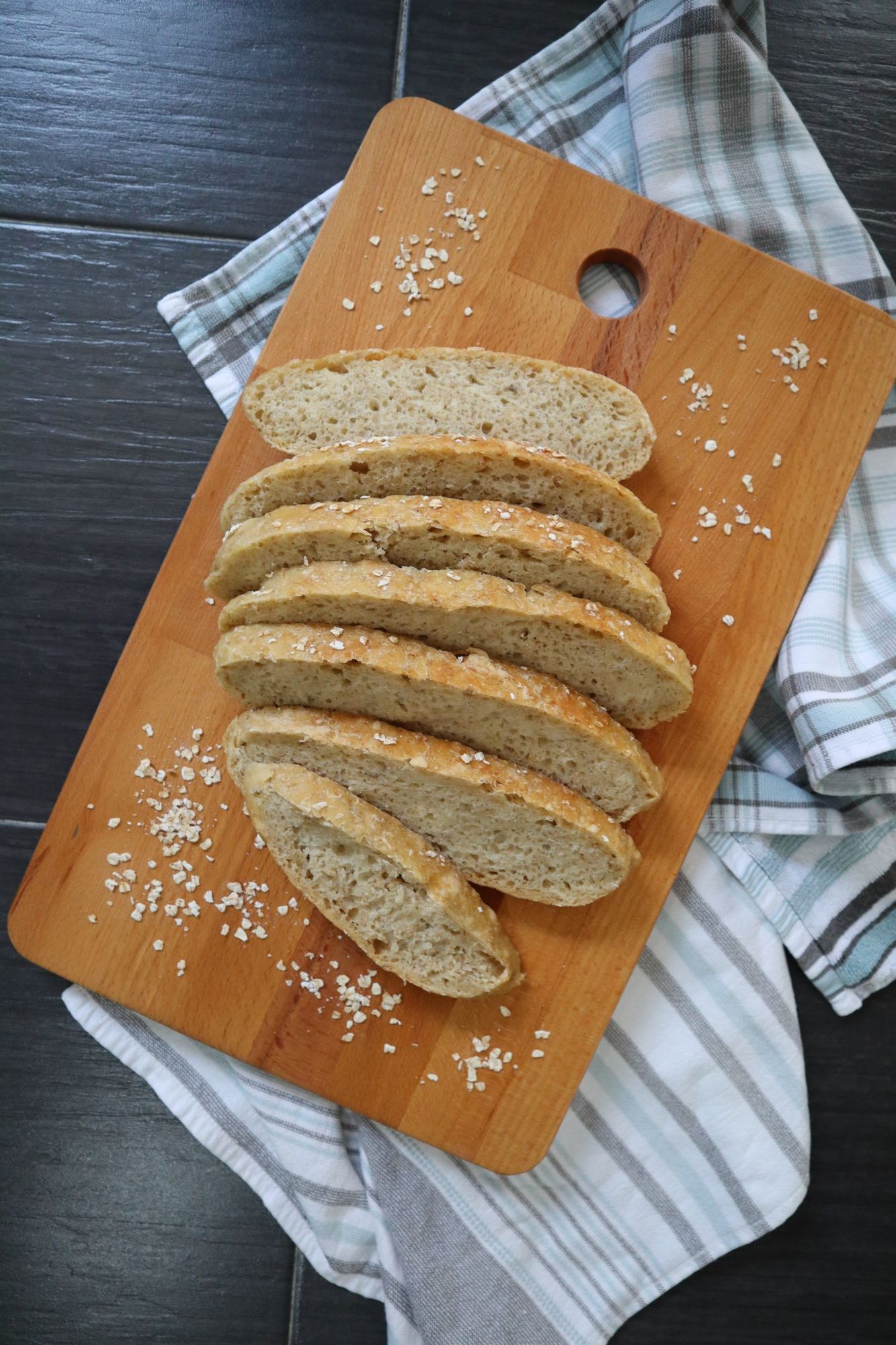
I’m afraid of baking bread as I’ve never successfully made anything with yeast before, but after this homemade bread recipe, I am super thrilled and I definitely will make this freshly baked bread every week.
